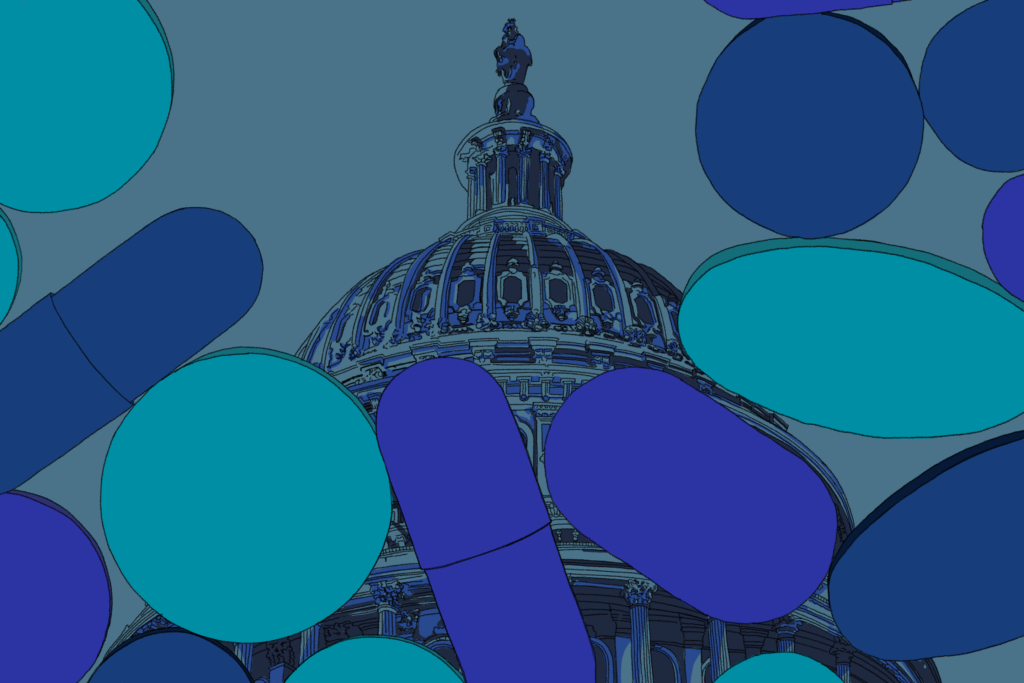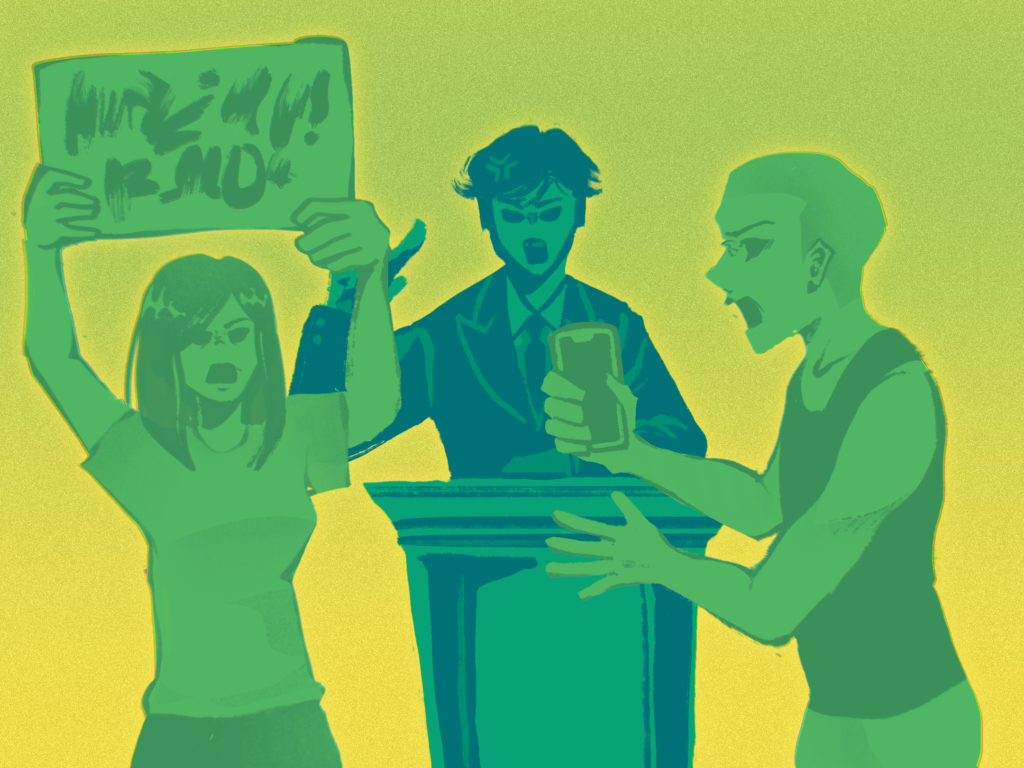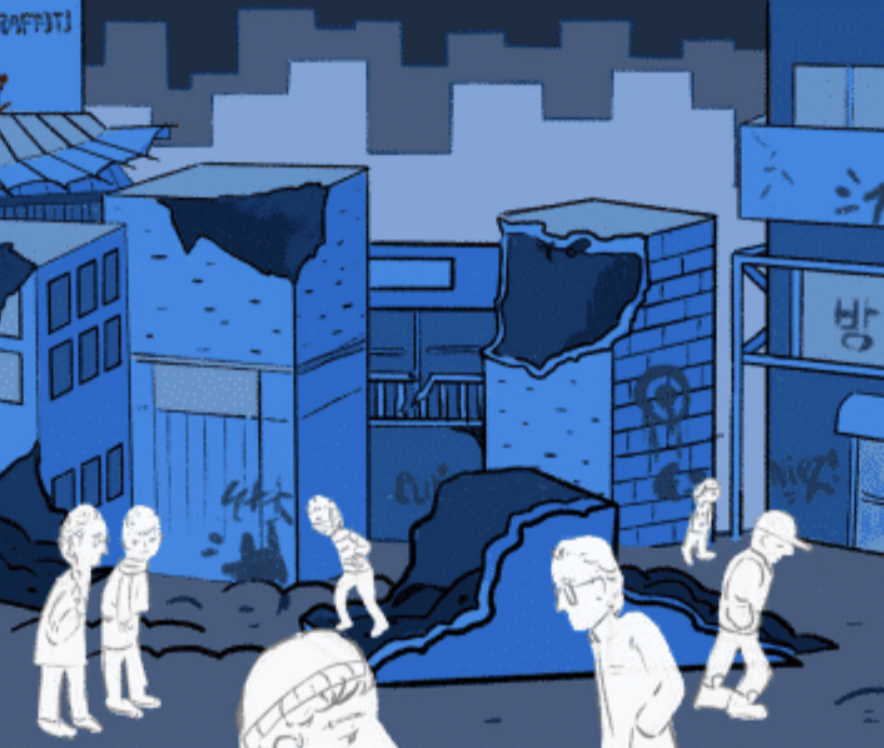By Stan Cho ’25
Marijuana laced with cocaine, recreational fentanyl usage, and needles coated in heroin. These are just some of the key identifiers of the ongoing epidemic of drugs, and the United States is no stranger to an excess of these illegal substances, with 13.5% of Americans aged 12 and older having consumed illicit drugs as of 2020. Despite numerous attempts to squash the production, distribution, and consumption of narcotics, it seems that the sole everlasting solution to America’s drug problem, characterized by widespread addiction and overdose-related fatalities, is for the government to provide its own extensive supply of properly regulated drugs.
Since Former President Richard Nixon declared the war on drugs forty years ago, hundreds of thousands of Americans have been incarcerated, yet illicit drugs remain abundant via operations helmed by criminal organizations. The overwhelming presence of drug cartels demonstrates the poor efficacy of the current U.S. drug policy.
Everything that the U.S. government has tried seems to have been in vain. Take Oregon, the first state to decriminalize all drugs, where rehabilitation programs are empty, fatal overdoses rose 23%, and increased homelessness. In other words, decriminalization is a short-term solution to decrease incarcerated individuals while propagating a long-term problem of addiction.
On the other hand, aggressive law enforcement has encouraged cartels to engage in an arms race to establish control over drug markets. The inefficient legalization of marijuana in select states has been met with controversy, with 44% of Americans surveyed by the Pew Research Center in 2015 arguing against the legalization of Marijuana. Arresting drug consumers has created market opportunities for replaceable low-level dealers, further protecting criminal organizations.
Cracking down on drug distribution will not inhibit these organizations from continuing their operations. To remove the influence of criminal organizations whose finances are fueled by drug sales, it is imperative that the U.S. exploit the incessant consumer demand for drugs to establish its own narcotics market.
There are many different ways to accomplish this industry, whether that be through cooperation with private pharmaceutical companies or a supply of drugs that are produced and handled solely by the government. If handled by various health organizations and distributed strategically, a complete legalization of drugs obtained via the government could be the solution.
Though it may seem reckless for the U.S. to produce and distribute its own drugs, ranging from recreational products to intense opioids, there are a slew of benefits in a drug distribution operation overseen by the government.
The catalysts to the war on drugs were the consequences of its consumption. Of these repercussions, the most prominent are overdoses. Regardless of whether or not they are fatal, excessive quantities of narcotics have depleted medical supplies and endangered the lives of millions. The increasing frequency of overdoses can be attributed to poor education on drugs, which encourages the reckless abuse of narcotics. These factors then contribute to widespread addiction, further fueling the demand for drugs which is then supplied by criminal organizations.
However, this relentless cycle of punishment on the government’s end and profitability on the cartel’s end can be resolved with federally distributed drugs. The government would be given ample opportunity to educate their consumers before distributing their drugs, allowing potential consumers to rethink their purchase and ensuring that drug users stray from abuse.
Furthermore, the government would have an extensive database of individuals who have purchased drugs. This database wouldn’t necessarily track citizens and their habits but simply keep a record of how frequent and large their purchases are. This database would make it easier for the government to both identify those who have illegally purchased drugs from criminal organizations and to observe the purchasing patterns of consumers in case medical help is deemed necessary.
Those who would normally have been arrested for their correlation to drugs should not be incarcerated; the government should instead provide constructive reprimand for civilians via community service. The goal of the criminal justice system, when it comes to drug use, should not be punishment. Instead, when adopting this model of government-distributed drugs, it is crucial that rehabilitation is the primary focus. Those who have illegally purchased, overdosed, and distributed drugs to non-registered consumers should be given the opportunity to reflect and learn.
Extensive incarceration spanning decades has shown no effect on diminishing the demand for drugs or the rate of overdoses. Establishing a government-led drug distribution system can help to strategically organize and predict trends in drug use to ensure the wellness of American citizens.





